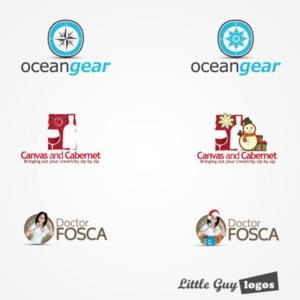Is Marketing on Pinterest Right for My Business?
Most businesses understand the importance of marketing on Facebook, LinkedIn, Twitter, Instagram, ect. Pinterest is a social platform that’s often overlooked due to the assumption it’s just a place moms go to find recipes and DIY inspiration. Actually, Shopify found it was the second highest source for referral traffic and that 93% of pinners use the platform for research or making purchases. Not only are users extremely active, but Pinterest has rolled out a number of new features over the past year increasing the platform’s marketing abilities.
Pinterest is becoming a great tool for digital marketing, but just as all social platforms, it’s not ideal for all businesses. Discover more about Pinterest, its marketing capabilities, and whether or not it’s right for your business.
The Benefits of Using Pinterest for Business
Driving Traffic to Your Website
Pinterest has the ability to drive mass amounts of traffic directly to your company website. Research has found that Pinterest actually drives more referral traffic than LinkedIn, Google+, and YouTube combined. This is due to its unique design. Every image placed on a board is automatically hyperlinked to its original source. To be directed to your website, all users have to do is click directly on the image of the pin.
Using Pinterest regularly can also help drive more organic traffic by increasing SEO rankings. This is partially due to contents’ ability to last longer on the platform. Generally, the most popular posts on other social sites are whatever is most recent. Pins gain popularity over time as they’re actively searched for, found, and re-pinned. This can help to be a powerful tool in driving you up Google’s rankings and making you more discoverable.
Engage with High-Intent Customers
Since last year, users increased 28%, to 322 million active monthly users. Not only are there more people using Pinterest than ever, the majority of them are high-intent, ready to purchase audience members. 98% of users report trying new things they discover on the platform, 93% have used it to research, plan for, or make purchases, and 39% of users are active shoppers. Users are more likely to purchase products they come across organically on Pinterest than any other social platform due to users proactively searching, rather than just scrolling through a feed.
Build Brand Image and Authority
Visual content is more important than ever, as 62% of Gen Zers and millennials say they like searching by images. Pinterest is the perfect platform to tell customers who you are and what you’re about, visually. You have the opportunity to reinforce your brand image by regularly appearing on users’ home pages, creating a variety of boards that reflect your identity, or sharing outside relevant content. These practices can help to build credibility and brand authority in your niche industry.
What Types of Businesses Should Use Pinterest?
Whether Pinterest is a good fit for your business is ultimately up to you, but there seem to be some that perform better than others. In general, it’s easier for B2C companies to market on Pinterest, but that doesn’t mean it’s impossible for B2B. Clothing, cosmetic, food, home decor, and DIY’s are the types of content that seems to perform best. While the majority of Pinterest users are women ages 25-54, 50% of all new sign-ups are men.
Another statistic that’s important to keep in mind is that 40% of Pinterest users have a household income of $100K per year or more. This shows that the platform attracts those with large amounts of disposable income with the ability to spend on luxury products.
That being said, any business has the potential to be successful on Pinterest. Just as with any other marketing tool, success is highly dependent on your strategy. The key is having the ability to consistently create captivating, high-quality, visual content that’s valuable to users. A good pin has:
- Vertical imagery. Majority of pinners are on mobile. Shoot for a 2:3 aspect ratio so your image doesn’t get truncated, while making it as high-quality as possible.
- Descriptive copy. Explain what users are looking at and entice them to learn more.
- Text overlay. Including a headline that reinforces your message.
- Tasteful branding. Include your logo so your brand doesn’t get lost in feeds.
How to Get Started
When getting started, make sure you set up a business account, rather than a personal. This will give you access to analytics and other exclusive marketing tools. If you already have a personal account, Pinterest allows you to convert it to a business profile here. It’s important to keep branding consistent with your site and other social media accounts. If it’s available, try to use the same username. If you have them, you should also connect your Instagram, YouTube, and/or Etsy accounts. Doing so ensures pins from these sites will be attributed to your business. Plus, you’ll also be able to track related analytics. Once your account is set up, you can start creating boards and adding pins. If you plan on running paid ads, you can then set up your ads manager account as well.
How We Can Help
At Onimod Global we are experts in social media marketing. We know which platforms are best for brands, and create visibility for brands where customers are searching, interacting, and ultimately converting. Find out more about we do, or contact us today!



